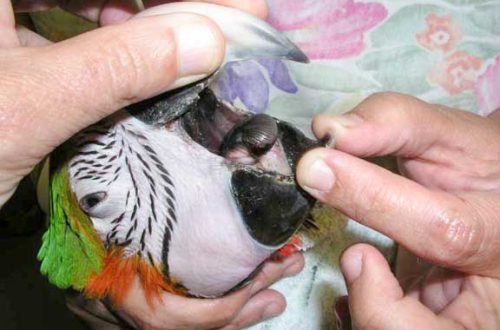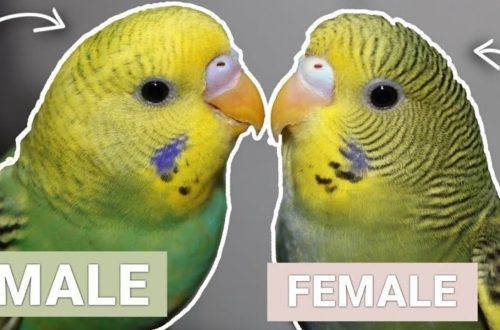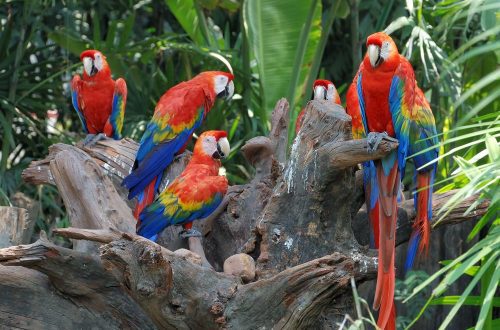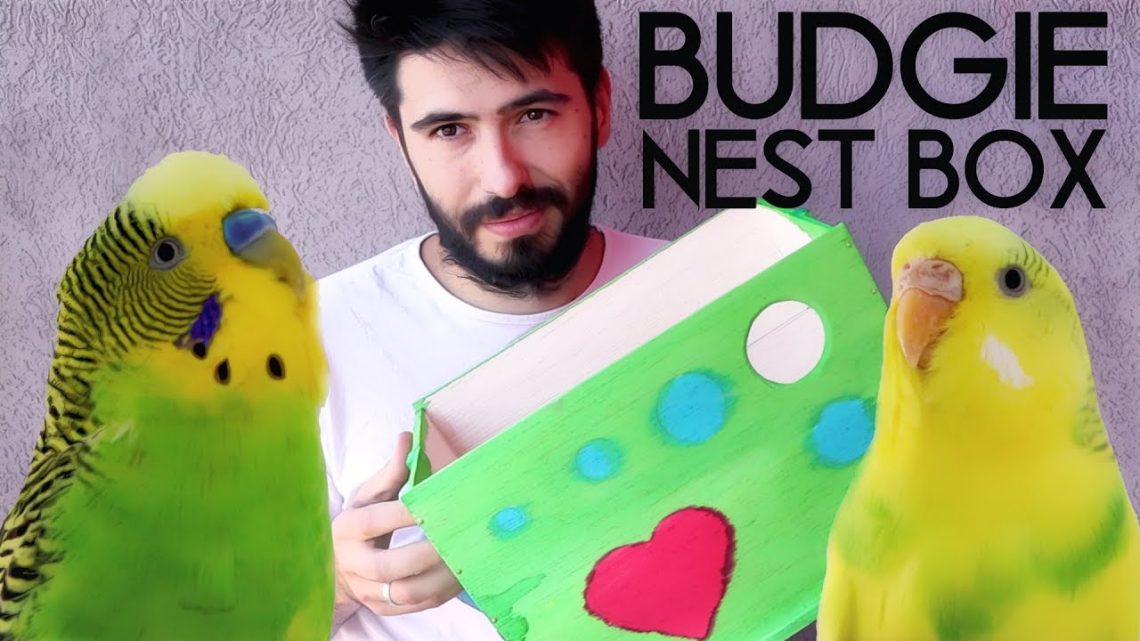
Nest for budgerigars do it yourself
The nest for budgerigars is an important item on which the final result of parrot breeding depends. Not only its presence, but also the materials from which it is made, and its very appearance play an important role for birds.
We are talking about comfort, a sense of security and environmental cleanliness of the future “nursery”.
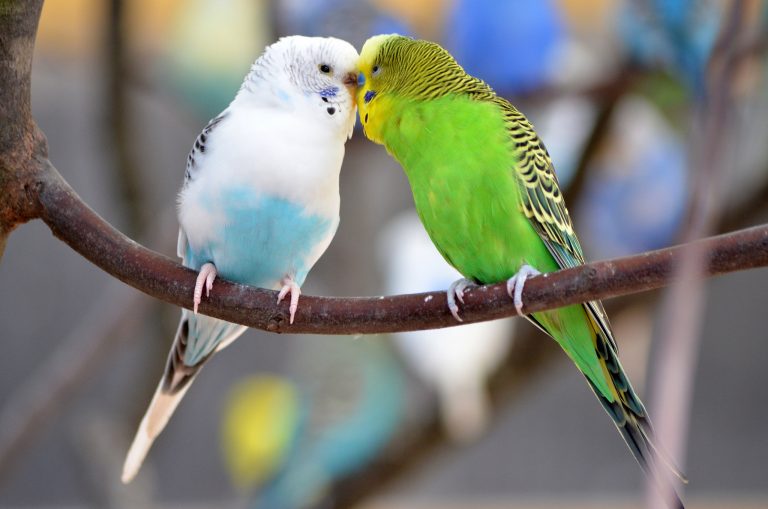
To make a nest with your own hands, first you need to find out what nesting houses are.
You can read more about this in the article “Nest for budgerigars”.
Now consider the option of how to make a house with your own hands
We will build a compromise type nesting site, as it is the best option for successful breeding of budgerigars.
Important points when building a nest for budgerigars with your own hands:
- all blanks must be made of natural wood (pine – provided that it is not a fresh tree, since resin vapors are dangerous for birds, deciduous trees: linden, birch, cherry, apple tree, mountain ash). High-quality plywood (at least 7 mm thick) – but only on condition that it is not possible to obtain natural material.
If you are going to make a nest out of plywood, the bottom must be made of wood.
Boards should be looked for in carpentry workshops, in construction stores there is no suitable quality of materials, as they are impregnated with glue and chemicals;
- internal dimensions of the walls of the house: depth – 25 cm, width 20 cm, height 20 cm (Fig. 1), wall thickness 1,5-2 cm, bottom – 3-4 cm;
- leaflet diameter 50 mm;
- outer perch 12 cm, inner 2 cm;
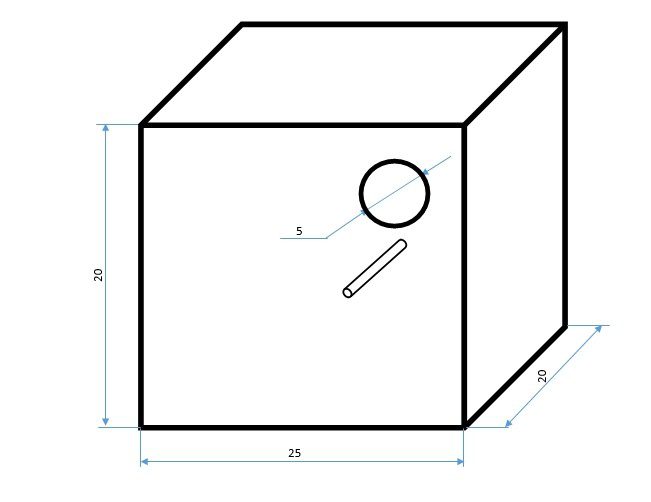
- step-threshold inside the nest: width 6 cm, height 3 cm, for safety it is better to make the corner rounded (Fig. 2).
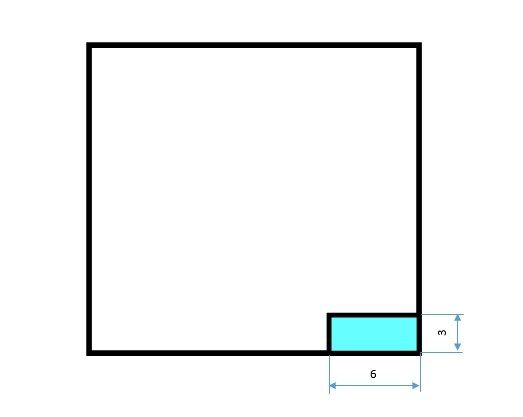
If you make an inner perch the entire length of the house, there will be no need for a step.
- the hole at the bottom of the egg nest should be with a soft transition deepened by 1,5-2 cm;
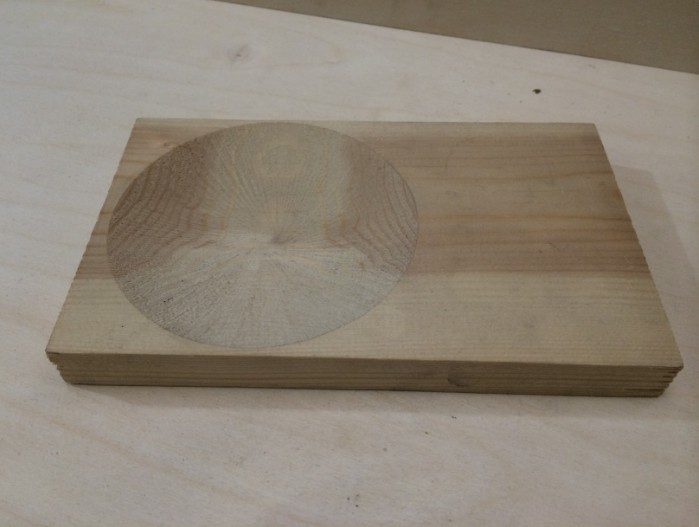
- a ventilation hole can be made by drilling 3-4 holes in the upper part of the back wall of the house at a distance of 3 cm from each other, with a diameter of 10 mm;
- to attach the nest box to the cage, use hooks;
- there will be 6 blanks in total: 4 boards measuring 25 cm by 20 cm, 2 boards 20 cm by 20 cm;
- we fasten the walls with small nails, wood screws in 4 corners. Make sure that in no case do they stick out with hats or sharp edges outward;
- you can make a hinged, half-opening or simply sliding cover, do not rush to fasten it, practice and understand how it will be more convenient for you when cleaning the nest. If you decide to make a double one, then nail the smaller part with carnations, and “sit down” the larger part on the loops;
The nest can be built on the principle of a drawer. The removable part is the bottom up to the step + back wall + side inner sides. This design makes it easier to clean the nest, especially if you make a removable part in duplicate. A quick change to a “fresh” pallet does not require waiting for the wood to dry after cleaning.
Photo of a nesting house with a pull-out tray:
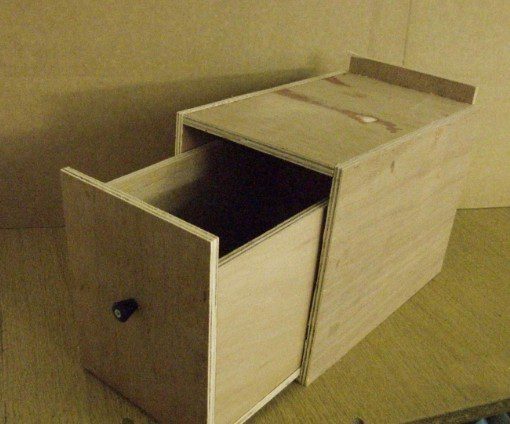
Also, there is another option for a “removable bottom”: it is cut out less than the internal dimensions of the house by 0,5 cm, a recess for eggs is cut out in it, and you make a notch from the edge that will make it easier to pull out the pallet (it will be easier to pry with your finger). For convenience, it is recommended to make two such copies at once.
Chipboard and MDF – absolutely can not be used to build a nesting house!
There are craftsmen who install a backlight and a mini-video camera inside the nest in order to disturb the young family less and be aware of what is happening inside.
It is not difficult to make a house for budgerigars with your own hands, most often it is more difficult to find materials to create it. Well-dried natural wood without burrs, traces of pests and impregnation with chemicals is not often seen.
A natural, warm and cozy house for future chicks and their parents will serve you for many years and help you grow healthy and strong feathered offspring. Convenience and its reliability – guarantee you peace of mind for your wavy friends.



